table of contents:
Discover the comfort and softness of viscose jersey , an ideal choice for your fashion creations. Delve into the characteristics of this fluid fabric and learn how to incorporate it into your sewing projects for a result that is both elegant and comfortable to wear.
What is viscose jersey?
Viscose jersey is a lightweight, silky fabric made from viscose fibers, offering softness, fluidity, and comfort. Thanks to its stretchy knit structure, it adapts perfectly to the body and allows for great freedom of movement. Its breathability and moisture-wicking properties make it an ideal choice for summer clothing, keeping skin cool and dry. With its wide range of colors, patterns, and finishes, viscose jersey offers versatility for creating comfortable and stylish outfits. However, it is important to follow specific care instructions to maintain its softness and quality over time. Viscose jersey is a versatile and comfortable fabric, bringing comfort, fluidity, and elegance to a variety of garments.
The Different Types of Jersey: Versatile Options for Sewing
Viscose jersey is particularly popular for projects requiring stretch and freedom of movement. Unlike cotton poplin, , which is a woven fabric, not very stretchy but perfect for blouses, structured blouses or accessories, viscose jersey is more suited to soft, fitted or draped pieces.
Cotton jersey
Cotton jersey is lightweight, breathable, and pleasant to the touch. It is often used for everyday clothing such as T-shirts, dresses, and leggings. Cotton jersey fabric offers good stretch and adapts easily to body movement, making it a popular choice for comfortable, casual wear.
French Terry
French terry, on the other hand, has a slightly different texture. It features a smooth outer side and a looped inner side, which provides a warm and comfortable feel. French terry is often used for sportswear, hoodies, and outerwear, providing both good thermal insulation and breathability.
Polyester jersey
Made from polyester fibers, this fabric offers good elasticity and strength. It is often used in the manufacture of sportswear, swimwear, and athletic wear.
Wool jersey
Made from wool fibers, this fabric offers excellent thermal insulation and natural softness. It is often used for winter clothing, sweaters, and cardigans.
Modal jersey
Made from cellulose fibers derived from wood, modal jersey is soft, lightweight, and breathable. It is valued for its ability to absorb moisture and stay cool, making it a popular choice for summer clothing.
Viscose jersey
Also known as rayon, viscose jersey is made from cellulose fibers derived from wood or plants. It offers good flow, beautiful drape, and a silky feel against the skin.
Linen jersey
Made from linen fibers, this fabric offers great breathability and a natural texture. It is often used in summer clothing, such as lightweight dresses and shirts.
A story woven with softness: the evolution of viscose jersey
Viscose jersey has a history dating back to the early 20th century, when it was developed as a lightweight and comfortable alternative to wool jersey. Viscose, also known as rayon, is a semi-synthetic fiber derived from wood cellulose. Its manufacturing process involves transforming cellulose into a filamentary material, which is then spun to create viscose yarns.
Over the years, advances have been made in the manufacturing process of viscose jersey, improving its quality and properties. Viscose offers a soft and silky texture, with high breathability and good moisture absorption. Viscose jersey is also known for its stretch, which gives it excellent drape and ease of movement.
Viscose jersey has quickly gained popularity in the fashion industry due to its versatility. It can be used to make a variety of garments, such as dresses, skirts, t-shirts, blouses, and more. Its lightness and fluidity make it a comfortable choice for casual wear and summer outfits. Additionally, viscose is easy to dye, allowing for a wide range of colors and patterns to suit different tastes and styles.
With its rich history and timeless appeal, viscose jersey remains a popular choice in the fashion industry. Not only does it offer comfort and elegance, but it is also environmentally friendly, as viscose is made from renewable raw materials. Whether for casual wear or more sophisticated creations, viscose jersey continues to inspire fashion designers and satisfy lovers of quality fabrics.

The making of viscose jersey: from cellulose to soft, stretchy fabric
Viscose jersey is a soft, flowing, and stretchy fabric, prized for its pleasant texture and lightness. Its production relies on a complex process that combines viscose fibers and a specific knitting technique.
First, viscose, a natural fiber derived from plant cellulose, is transformed into viscose yarns. These yarns are then knitted on special circular machines to form jersey. Jersey knitting is characterized by interlaced looped stitches, which gives the fabric its stretch and ability to return to its original shape.
After knitting, the fabric undergoes additional treatments to improve its properties. It can be washed, dyed, and undergo treatments to improve its resistance to shrinkage and deformation.
Viscose jersey manufacturing requires technical expertise to achieve a superior quality fabric. Fiber selection, knitting tension, and post-knitting treatments all contribute to the texture, softness, and performance of viscose jersey.
The end result is a versatile and comfortable fabric, ideal for fitted garments, dresses, skirts, and tops. Whether for casual wear or more formal pieces, viscose jersey offers the perfect combination of comfort, fluidity, and style. Its careful manufacturing process and unique characteristics make it a popular fabric choice in the fashion industry.
The properties of viscose jersey
Viscose jersey is a fabric appreciated for its many advantageous properties. Viscose jersey is a versatile fabric that combines softness, stretch, breathability, and moisture wicking properties. These properties make it a popular choice for a variety of garments, such as t-shirts, dresses, skirts, and leggings. Whether for a casual outfit or a more formal look, viscose jersey offers both comfort and style.

Candy
Viscose jersey is renowned for its exceptional softness, providing unparalleled comfort. Its smooth texture gently caresses the skin, providing a pleasant and soothing sensation. The fabric is soft to the touch, making it ideal for garments that come into direct contact with the skin, such as T-shirts, underwear, or pajamas. Its enveloping softness creates a pleasant sensory experience, providing a feeling of well-being and comfort all day long.
Silky
Viscose jersey also features a silky texture that adds a touch of elegance and refinement to garments. Its smooth, shiny appearance gives the fabric a luxurious feel, giving it a chic and sophisticated look. The silky surface of viscose jersey allows it to glide smoothly against the skin, creating a light and fluid feel. This characteristic makes it a popular choice for more formal garments, such as evening dresses, blouses, or elegant skirts.
Stretchable
Viscose jersey also stands out for its remarkable stretch. Thanks to its composition and knitted structure, the fabric is able to stretch in all directions, thus providing great elasticity. This stretch property allows viscose jersey to adapt perfectly to the body's movements, providing optimal freedom of movement. Whether for sportswear, loungewear, or fitted clothing, stretch viscose jersey offers a comfortable fit and a flattering silhouette.
Breathability
In addition to its softness and stretch, viscose jersey is also breathable. It allows good air circulation through the fibers, which helps regulate body temperature and prevents excessive heat buildup. This makes it an ideal choice for clothing worn during warmer seasons or for physical activities that generate perspiration.
Absorption
Another advantage of viscose jersey is its moisture-wicking ability. It can effectively absorb and wick moisture away from the skin, helping to maintain a cool, dry feeling, even during periods of intense activity. This property makes it a popular choice for sportswear and summer clothing.
Easy to maintain
In terms of care, viscose jersey is generally easy to maintain. It can be machine washed with proper precautions, such as using a delicate cycle and mild detergent. It also tends to retain its shape and softness well even after multiple washes, making it a durable fabric.
Uses of viscose jersey
Viscose jersey offers a wide range of sewing possibilities thanks to its versatile properties. Whether for casual wear, sleepwear, or accessories, viscose jersey combines softness, fluidity, and stretch for creations that are both comfortable and elegant.
Clothes
In terms of clothing, viscose jersey can be used to make lightweight, flowing dresses, comfortable t-shirts, flattering skirts, and tailored pants. Its softness and flexibility allow viscose jersey garments to adapt harmoniously to the body, providing optimal comfort.
Nightwear
Viscose jersey is also popular for making sleepwear such as pajamas, nightgowns, and dressing gowns. Its soft, lightweight texture feels pleasant on the skin, making it an ideal choice for relaxing and resting.
Accessories
When it comes to accessories, viscose jersey can be used to make lightweight scarves, hats, headbands, and snoods. Its flexibility allows for comfortable accessories that add a touch of style to an outfit.
Care of viscose jersey
Caring for viscose jersey is relatively simple, but it does require some precautions to maintain its properties and durability. It is also recommended to follow the manufacturer's specific instructions on the viscose jersey garment's care label. This will ensure proper care and extend the life of your fabric.
Washing
Viscose jersey is recommended for hand or machine washing on a delicate cycle. Use cold or lukewarm water and a mild detergent specifically designed for delicate fabrics. Avoid using bleach or products containing bleach, as this can damage the fibers.
Drying
To dry viscose jersey, it is best to lay it flat or hang it gently to avoid losing its shape. Avoid twisting or wringing it vigorously, as this can cause permanent creases or alter its shape. Also, avoid drying it at high temperatures, as this can cause the fabric to shrink or distort.
Ironing
If necessary, iron viscose jersey at a low temperature, preferably using the steam setting. Be sure to protect the fabric by placing a thin cloth or pressing cloth between the iron and the jersey. Avoid ironing directly over the seams, as this can flatten and distort them.
Viscose jersey is a versatile fabric prized for its many qualities. Its softness, silky texture, and stretch make it a comfortable and pleasant choice to wear. Its ability to conform to the body allows for great freedom of movement, making it an ideal choice for fitted garments or casual outfits. In addition, its moisture-wicking and breathability make it suitable for warmer climates. With a wide range of colors, patterns, and styles available, viscose jersey offers countless possibilities for creating stylish and fashionable garments. Whether for dresses, T-shirts, skirts, or cardigans, viscose jersey is a versatile choice that combines comfort and style.
We offer several simple tutorials on our blog if you are new to sewing, also find us on Facebook , Instagram and TikTok !

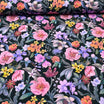


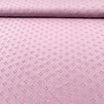
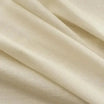

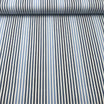

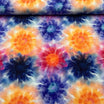

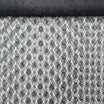

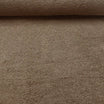



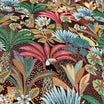
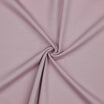
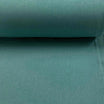

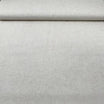

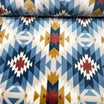
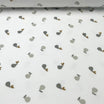
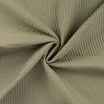


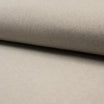

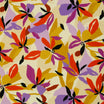



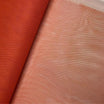

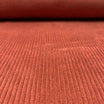
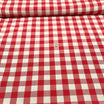
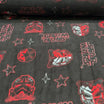

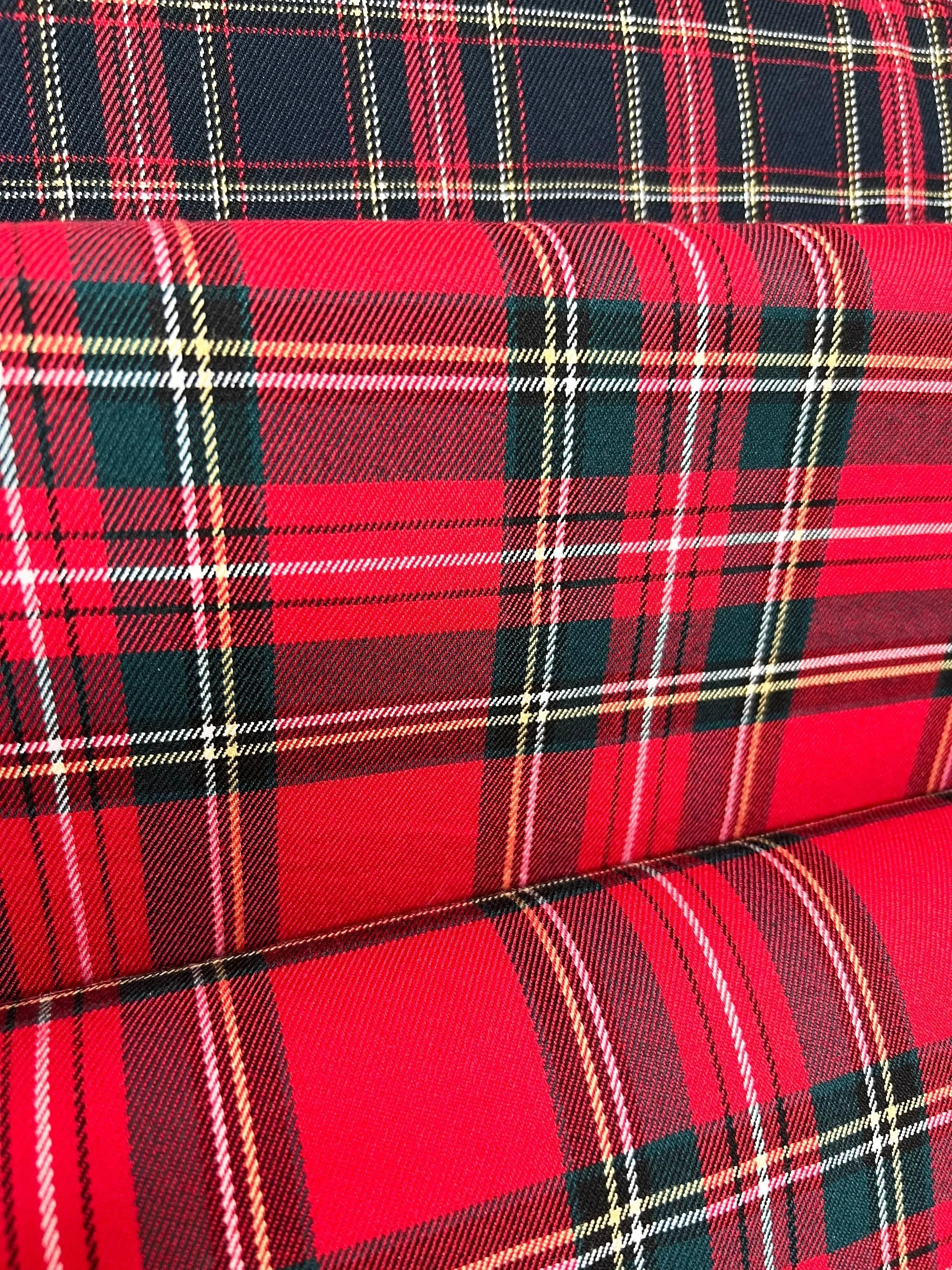

Leave a comment
All comments are moderated before being published.
This site is protected by hCaptcha and the hCaptcha Privacy Policy and Terms of Service apply.